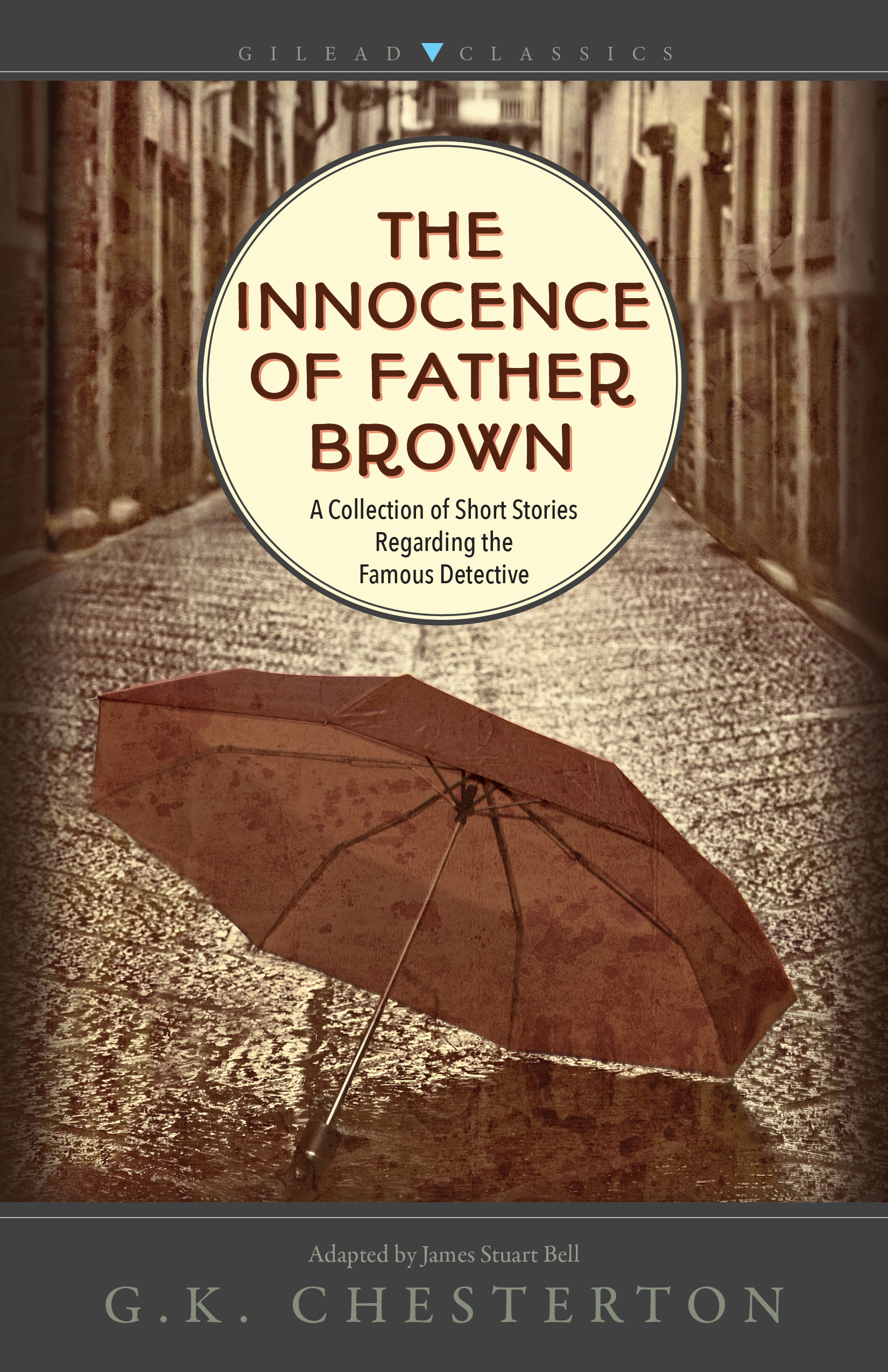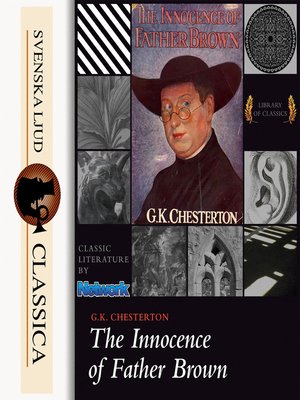


But Gardner was unstinting in his quest for other details.

Although Gardner cited several important Freudian essays on the Alice canon, he always shrank from delving into the darker side of Carroll's psyche - the author was obsessed with befriending young girls and photographing them in the nude. "In the batty world of Carroll scholarship", declared one critic, "Martin Gardner is the undisputed king." Gardner packed his commentary and footnotes on the text with insights into the hidden messages, allusions, word-games, private jokes, puns, parodies, mathematical riddles and assorted literary tricks encrypted in the tales, demonstrating that many of Carroll's jokes were in fact mathematical games. He identified the Mad Hatter as an eccentric, top-hatted furniture dealer in Oxford, and even attempted an answer to his famous riddle: "Why is a raven like a writing desk?" In The Annotated Alice (1960), Gardner - an American journalist unlettered in the fields of literature or, for that matter, mathematics - scrutinised the cryptic (and famously suggestive ) texts with an sympathetic but forensic eye, explaining how the Cheshire Cat got its grin, why the Mock Turtle wept, and who inspired the Walrus and the Carpenter. Martin Gardner, who died on May 22 aged 95, infused his writings on mathematics and science with the concept of fun, but achieved wider renown with his deconstructions of the Victorian fantasies of Lewis Carroll (the Rev Charles Lutwidge Dodgson ), the Oxford maths don and author of Alice's Adventures in Wonderland (1865) and Through the Looking Glass (1871)


 0 kommentar(er)
0 kommentar(er)
